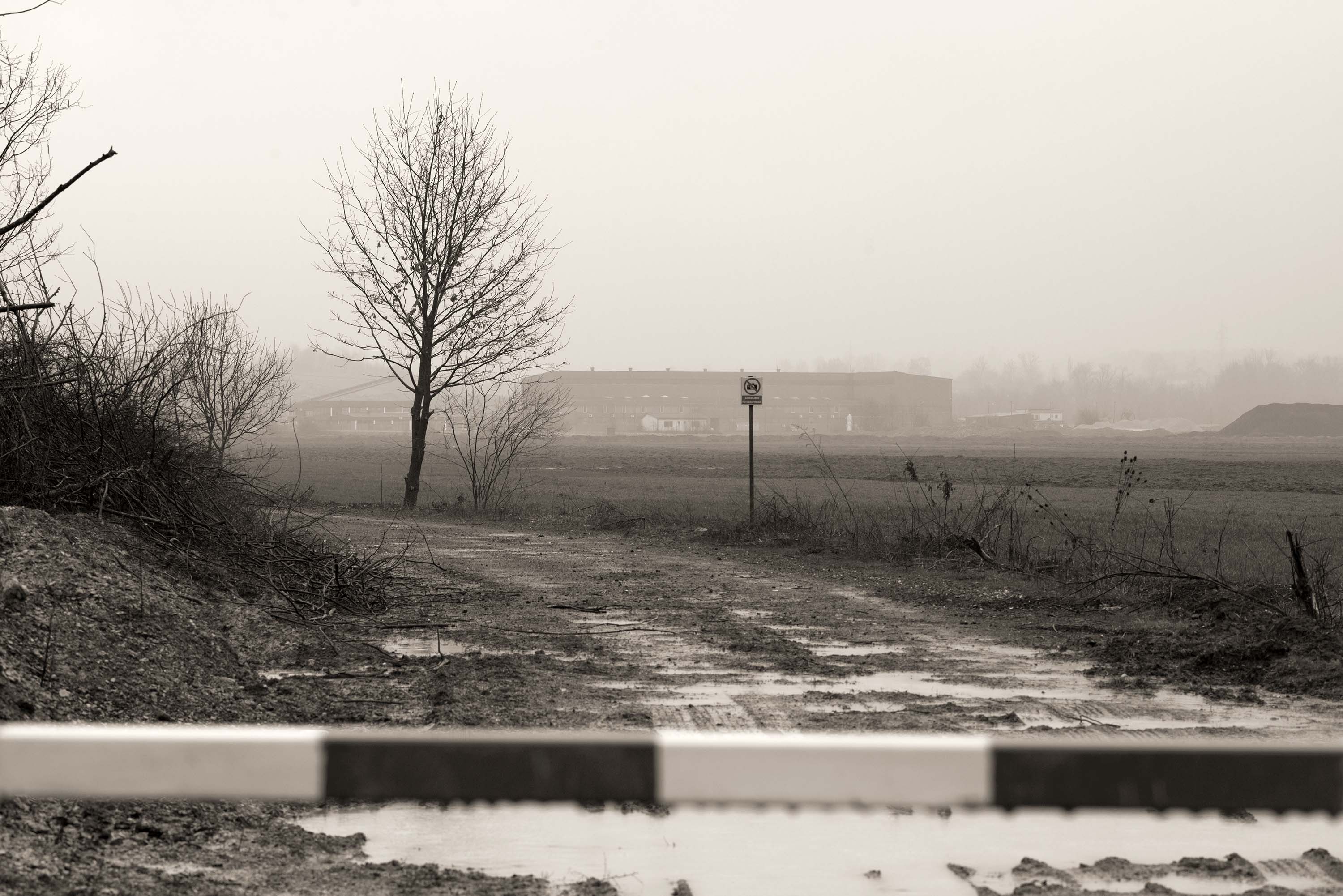kultura sjećanja
| culture of remembrance |
kultura sjećanja
| culture of remembrance |
PODACI:
Prijedor, Omarska Camp
Mjesto/lokacija: Prijedor municipality, “Omarska” iron-ore mine in the vicinity of the Omarska village
Entitet: Republika Srpska
Etnička grupa: Predominantly Bosniaks
Žrtve su sa područja:
Prijedor
Poznate komemoracije:
6 August, Day of closing camp
Druge informacije:
Approximately a month after Serb forces took control of Prijedor at the end of April 1992, the municipal Crisis Staff established three camps on the territory of this municipality: Omarska, Keraterm and Trnopolje.
The Omarska camp was located at the Omarska iron-ore mine, some 20 kilometres outside the town of Prijedor, in the vicinity of the Omarska village. It existed from the end of May to August 1992. Over 3000 people passed through it during this period, most of them non-Serb citizens of the Prijedor municipality, primarily Bosniaks, with a smaller number of Croats and a few Serbs. Among them was a number of underage individuals and individuals older than 60.
The camp is infamous as a site of horrendous torture of prisoners. Beatings, rape, starvation, forcing prisoners to torture and rape other prisoners and other forms of abuse occurred daily. People were not routinely executed in the camp itself but over a hundred were killed there. Several hundred died as a result of physical violence, suffocation, hunger, etc. Some of the prisoners were executed in places such as Hrastova glavica and Korićanske stijene. Many prisoners were reported missing and the remains of some were later found in mass graves in the vicinity of Prijedor.
The buildings where the camp was once located are again in use as an iron-ore mine, now owned by the multinational corporation ArcelorMittal. Despite numerous initiatives, this site of atrocity has not been adequately marked. The buildings where the camp was located cannot be approached without special permission from ArcelorMittal. You can approach the ramp, where there is a sign that filming is prohibited, and in the distance you can see several buildings belonging to the mine, but there is no indication of what happened there in mid-1992.
An annual commemoration is held on 6 August.
Izvor podataka: International Criminal Tribunal for the Former Yugoslavia Judgment, Prosecutor v. Stakić, IT-97-24-T, www.icty.org, International Criminal Tribunal for the Former Yugoslavia, Judgement, Prosecutor v. Kvočka et al., IT-98-30/1-A, www.icty.org, Court of Bosnia and Herzegovina, Judgement, Prosecutor v. Babić et al., S1 1 K003472 09 KrI (X-KR-08/549), Local partners, Fieldwork
Fotografisano: 5 April 2013 and 2 April 2014
Mapa:

Prijedor, Omarska Camp
PODACI:
Prijedor, Omarska Camp
Mjesto/lokacija: Prijedor municipality, “Omarska” iron-ore mine in the vicinity of the Omarska village
Entitet: Republika Srpska
Etnička grupa: Predominantly Bosniaks
Žrtve su sa područja:
Prijedor
Poznate komemoracije:
6 August, Day of closing camp
Druge informacije:
Approximately a month after Serb forces took control of Prijedor at the end of April 1992, the municipal Crisis Staff established three camps on the territory of this municipality: Omarska, Keraterm and Trnopolje.
The Omarska camp was located at the Omarska iron-ore mine, some 20 kilometres outside the town of Prijedor, in the vicinity of the Omarska village. It existed from the end of May to August 1992. Over 3000 people passed through it during this period, most of them non-Serb citizens of the Prijedor municipality, primarily Bosniaks, with a smaller number of Croats and a few Serbs. Among them was a number of underage individuals and individuals older than 60.
The camp is infamous as a site of horrendous torture of prisoners. Beatings, rape, starvation, forcing prisoners to torture and rape other prisoners and other forms of abuse occurred daily. People were not routinely executed in the camp itself but over a hundred were killed there. Several hundred died as a result of physical violence, suffocation, hunger, etc. Some of the prisoners were executed in places such as Hrastova glavica and Korićanske stijene. Many prisoners were reported missing and the remains of some were later found in mass graves in the vicinity of Prijedor.
The buildings where the camp was once located are again in use as an iron-ore mine, now owned by the multinational corporation ArcelorMittal. Despite numerous initiatives, this site of atrocity has not been adequately marked. The buildings where the camp was located cannot be approached without special permission from ArcelorMittal. You can approach the ramp, where there is a sign that filming is prohibited, and in the distance you can see several buildings belonging to the mine, but there is no indication of what happened there in mid-1992.
An annual commemoration is held on 6 August.
Izvor podataka: International Criminal Tribunal for the Former Yugoslavia Judgment, Prosecutor v. Stakić, IT-97-24-T, www.icty.org, International Criminal Tribunal for the Former Yugoslavia, Judgement, Prosecutor v. Kvočka et al., IT-98-30/1-A, www.icty.org, Court of Bosnia and Herzegovina, Judgement, Prosecutor v. Babić et al., S1 1 K003472 09 KrI (X-KR-08/549), Local partners, Fieldwork
Fotografisano: 5 April 2013 and 2 April 2014
Mapa:






